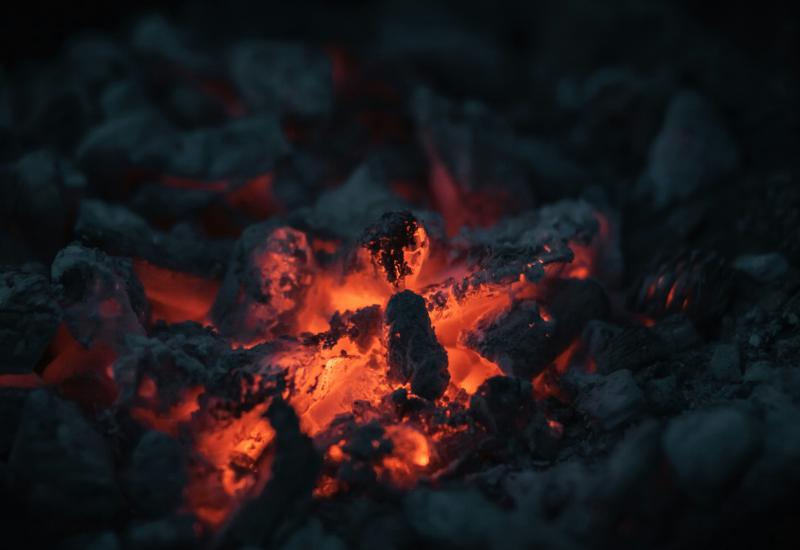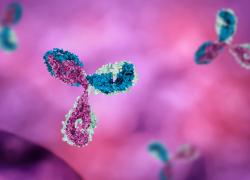
A curate’s egg for MorphoSys
Pelabresib’s Manifest-2 trial yields mixed data, but the bad part could render the whole unpalatable.
Pelabresib’s Manifest-2 trial yields mixed data, but the bad part could render the whole unpalatable.

MorphoSys’s Manifest-2 study of pelabresib in myelofibrosis, one of 2023’s last major biotech catalysts, might be a dud. True, it met its primary endpoint, but it missed a vital secondary, and the assumption was that only a win on both would satisfy regulatory agencies.
It’s been hard to beat Incyte/Novartis’s Jakafi, a myelofibrosis front-line standard, and pelabresib’s disappointment mirrors that of AbbVie’s navitoclax. Both have now scored as Jakafi combos on spleen volume reduction, but disappointed on symptom improvement; the difference is that, while AbbVie is awaiting further data before making its next move, MorphoSys is taking Manifest-2 straight to the regulators.
That’s the bullish message that emerged last night as MorphoSys trumpeted a primary endpoint win in Manifest-2, and “significant improvements” in symptom scores for intermediate-risk patients. The latter is a narrower definition of the key secondary endpoint on which Jakafi got approved, and the markets refused to buy into the hype: MorphoSys opened off 25% in Germany today.
Manifestly equivocal
Manifest-2 had a fairly simple aim of showing whether adding pelabresib, a BET inhibitor, to Jakafi in front-line myelofibrosis would beat Jakafi alone. For the primary endpoint, ≥35% spleen volume reduction (SVR35) at week 24, the combo achieved this handsomely, over a control cohort that performed in line with Jakafi’s label.
However, the trial had set as its key secondary ≥50% reduction in total symptom score (TSS50) at week 24. It was a strong showing on this measure that led to Jakafi securing first-line approval, and during investor calls MorphoSys had said that regulators would likely expect a win on both SVR35 and TSS50 to grant approval.
However, pelabresib plus Jakafi has emerged as virtually the same as Jakafi alone in terms of TSS50, yielding a p value of 0.216, it was revealed last night. Accordingly, MorphoSys pivoted to positive effects for TSS50 in an intermediate-risk subgroup, and to absolute symptom score changes, as evidence backing pelabresib; US and EU filings are to be submitted in mid-2024.
Cross-trial comparison in JAK inhibitor-naive myelofibrosis
| Trial | Jakafi combo | Jakafi | Placebo | Stats |
|---|---|---|---|---|
| SVR35 response at week 24 | ||||
| Comfort-I | – | 42% | 1% | p<0.0001 |
| Manifest-2 (pelabresib combo) | 66% | 35% | – | p<0.001 |
| Transform-1 (navitoclax combo) | 63% | 32% | – | p<0.0001 |
| TSS50 at week 24 | ||||
| Comfort-I | – | 46% | 5% | p<0.0001 |
| Manifest-2 (pelabresib combo) | 52% | 46% | – | p=0.216 |
| Transform-1 (navitoclax combo) | Toplined as negative | – | Not disclosed | |
Notes: SVR50 = ≥35% spleen volume reduction; TSS50 = ≥50% reduction in total symptom score. Source: MorphoSys statement, ASH abstract, OncologyPipeline & Jakafi prescribing information.
MorphoSys has not spoken previously about absolute symptom score change, and for good reason: this endpoint was only added to Manifest-2 in September, after a meeting with the FDA. Truist analysts called the TSS50 result a miss, and said whether it was needed for approval was now the question, adding: “We also wonder about the significance of adding another key secondary endpoint.”
MorphoSys, which had earlier doubled down on TSS50 by increasing Manifest-2’s target enrolment from 310 to 431 patients, argued that it was very pleased with the outcome. Full data are due at ASH, which accepted for presentation a placeholder abstract that currently reveals no efficacy data.
Navitoclax
It’s relevant also to look at the experience of AbbVie, which is developing the Bcl-2/Bcl-XL inhibitor navitoclax for myelofibrosis. Navitoclax’s Transform-1 trial tests a Jakafi combo in front-line disease, and like Manifest-2 it has SVR35 at week 24 as its primary endpoint.
In July AbbVie revealed that this primary had been met, but that navitoclax plus Jakafi did not improve total symptom score at week 24, which the group described as the first-ranked secondary endpoint. Rather than filing immediately, AbbVie said it would continue to monitor spleen volume reduction “and see how that looks toward the end of the year”; Transform-1 data are also being presented at ASH.
Pelabresib was originated by Constellation Pharmaceuticals, a group that MorphoSys bought for $1.7bn in 2021. The deal was unusual firstly because it saw MorphoSys, once known for in-house development, looking externally for growth, and secondly because $1.4bn of the price was put up by Royalty Pharma in return for hefty royalties on assets including otilimab (rheumatoid arthritis) and gantenerumab (Alzheimer’s disease).
Those two have now failed, so in that sense MorphoSys has at least partly been vindicated. But whether pelabresib’s partial success in Manifest-2 is enough will now be decided by the regulators.
2430













